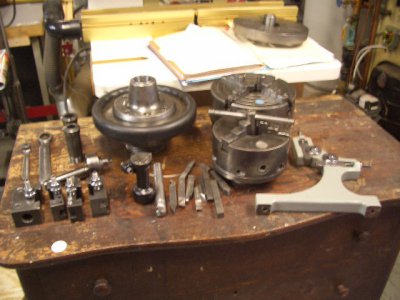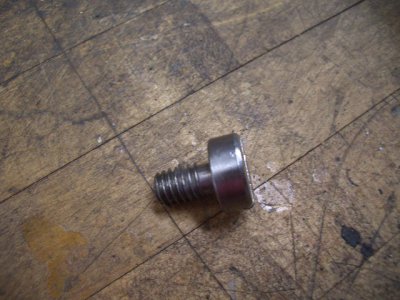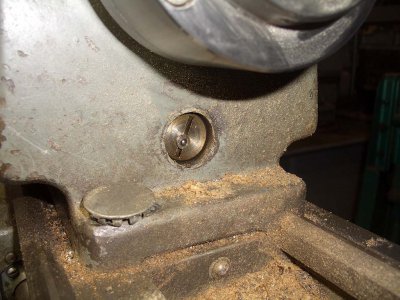- Joined
- Dec 25, 2011
- Messages
- 10,511
Yes. As to time, you might make a note of the runout you achieved and with what test piece and check it after a few months. As a practical matter, I bought and adjusted mine in AFAIK about 1983. I last actually adjusted it probably 20 years ago. I haven't had a crash. If you ever do, you should certainly check it after that.
As to grease or oil, my better 3-jaw has a grease fitting on it for the scroll. And I periodically use the same SAE 20 (ISO 68) oil that I use most other places on the master jaw slides and a couple of drops around the drive socket with it at TDC. Same on the lighter 3-jaw although applying grease to the scroll isn't as convenient. On the 4-jaw I only use oil.
As to grease or oil, my better 3-jaw has a grease fitting on it for the scroll. And I periodically use the same SAE 20 (ISO 68) oil that I use most other places on the master jaw slides and a couple of drops around the drive socket with it at TDC. Same on the lighter 3-jaw although applying grease to the scroll isn't as convenient. On the 4-jaw I only use oil.




